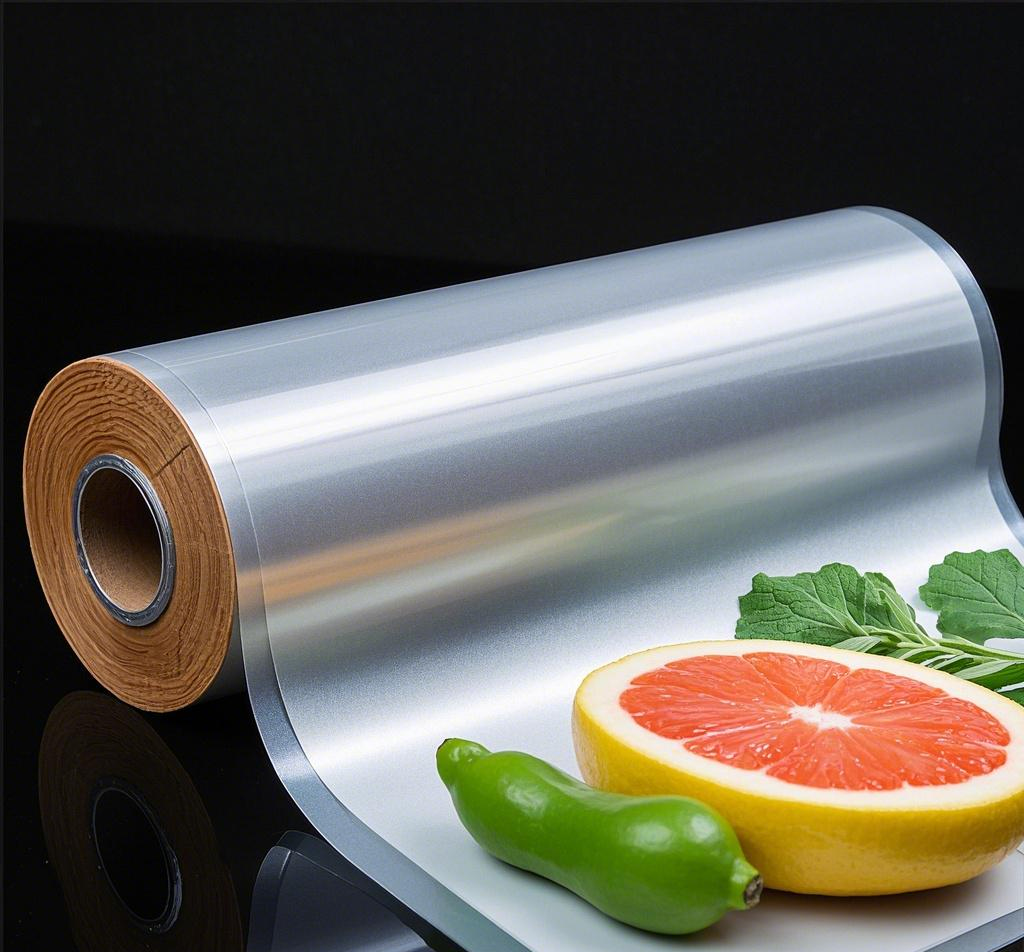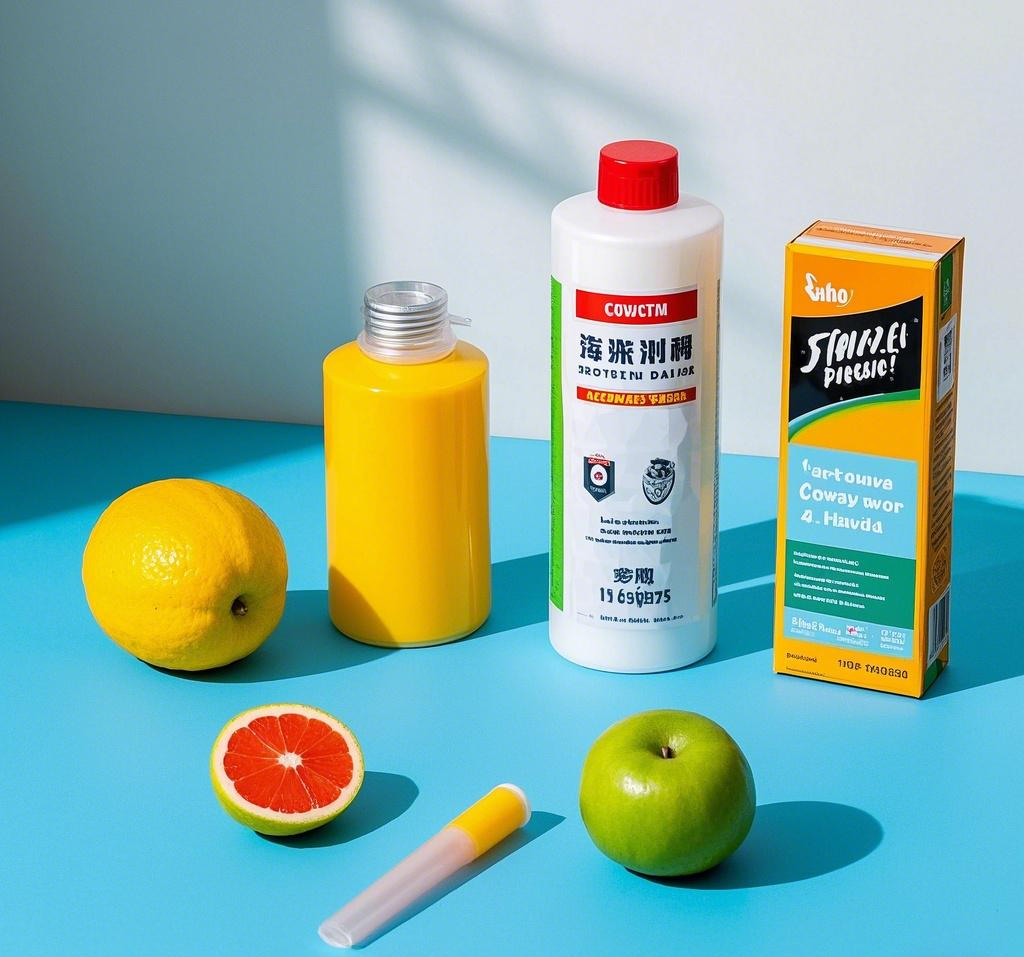The magical peel-and-go film is cold laminating film. It consists of a PVC substrate + pressure-sensitive adhesive that can be applied without heat. Imagine putting armor on your phone screen, but 30% thinner than hot laminating film. 83% of the world’s advertising film practitioners prefer this technology.
The secret lies in the molecular structure of the acrylic adhesive. When 5N/cm² pressure is applied, the adhesive creates a directional stickiness. Our lab has done tests and the amount of adhesive left after removal is less than 0.01g/㎡ – this is crucial for the protection of gallery exhibits.

Cold Laminating Film Application Guide
Choosing the thickness depends on the usage scenario. 0.1-0.3mm is suitable for digital products, while 1.2mm is used in excavator cockpits. Among our 63 CE certified products, the model with anti-UV coating has the highest repurchase rate.
Car color change film is a typical example. By adjusting the PVC elongation rate, it can perfectly fit the corners of Tesla Cybertruck. Last year, we helped a German customer to deal with a 30-meter yacht lamination, and the wave surface didn’t blister.
The core value of what cold laminating film is
Save electricity, money and space. Traditional hot laminating machine consumes 8kW/h of electricity, while cold laminating only needs human scraper. Shenzhen graphic store owners have done the math, after switching to cold laminating to save 4,200 yuan per month in electricity costs.
Life depends on the construction environment. Under the condition of humidity ≤ 65%, our test sample has not yellowed for 5 years. However, Mumbai customer feedback seashore can only last 3 years – so now introduce anti-salt spray special model.

Cold Laminating Film Application Guide: Medical
Surgical instrument packaging film has the most stringent requirements. It must be ISO13485 certified, and the colloid should be resistant to 121°C autoclaving. Our customized model for Johnson & Johnson has a peel force control in the range of 2.5-3.0N/25mm.
Dental clinics also have a good use for it. 99% light transmittance is required for X-ray film sheaths, a parameter that is 15% higher than that of cell phone films. The Canadian clinic chain purchased 13,000 rolls last year, saying it was 22% cheaper than local suppliers.
Cold lamination film is a technological breakthrough in what
Biodegradable materials are the new direction. The test product that replaced PVC with PLA had a natural decomposition rate of 89% in 6 months. Although the cost is 18% higher, Apple’s packaging department has placed a test order.
Nano-coating technology is even cooler. Doped with silica particles, the film surface can automatically repair minor scratches. Test data realistically shows a 370% improvement in scratch resistance, and mass production is expected in 2025.
Cold Laminating Film Application Guide: Extreme Environments
Antarctic research stations require a product that is not brittle at -50°C. After adjusting the plasticizer ratio, the packaging of overwintering supplies is now all made with our film. By the way, the cartons of this shipment were printed with polar bear patterns.
High-altitude curtain wall maintenance is even more exciting. Workers use 8mm blast-proof film that can withstand 12mm hail impacts. When the Shanghai Center renewed its contract last year, it specifically asked for an additional anti-static coating.
The future of what cold laminating film is imagined
Smart films are on the rise. The piezoelectric type in our experiments can collect kinetic energy to generate electricity when affixed to door handles. Although it only lights up indicators, Dubai Airport has booked a trial.
Food-grade applications are more interesting. Hamburger wrapping film incorporates an antimicrobial factor that inhibits E. coli. It just got GRAS approval from the FDA this month, and a fast food giant is testing 100,000 samples.
Translated with DeepL.com (free version)
JinGe Technology
Jiangxi Jinge Technology Co.
Search within the site
© 2026. All Rights Reserved.









